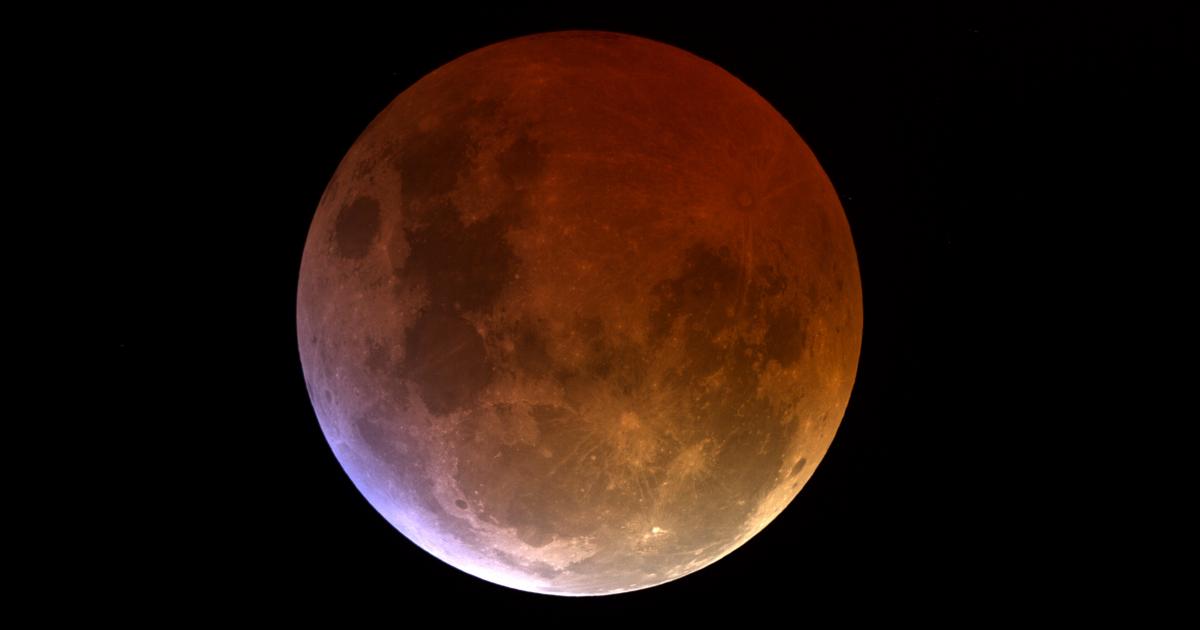The moon is steadily getting smaller, according to a ground-breaking study by University of Maryland experts. This finding could put humans on next lunar expeditions in risk.
The results show that over several hundred million years, the moon’s radius has shrunk by about 100 metres due to its core cooling.
Not only is this an intriguing discovery, but it also raises questions for future lunar exploration plans, especially for NASA’s ambitious Artemis III crewed landing mission, which is targeted for the moon’s south pole.
NASA Launches The “Most Powerful” Moon Rocket
According to the study, the shrinking is to blame for major surface deformities and a rise in landslides, which might make safe lunar landings and activities more difficult.
In addition, the existence of seismic activity, sometimes known as moonquakes, intensifies the hazards even more.
These geological occurrences, which lie adjacent to fault zones and are now deemed dangerous for human exploration, are directly linked to the moon’s contraction.
The study co-author, Thomas Watters from the National Air and Space Museum said, “The global distribution of young thrust faults, their potential to be active and the potential to form new thrust faults from ongoing global contraction should be considered when planning the location and stability of permanent outposts on the Moon.”
In the most recent study, scientists connected faults in the southern polar region of Earth’s natural satellite to one of the strongest moonquakes ever detected by Apollo seismometers more than fifty years ago.
NASRDA: NIGERIA WILL EXPERIENCE TOTAL LUNAR ECLIPSE ON MONDAY
They found that certain regions around the south pole of the moon were especially susceptible to landslides caused by seismic activity.
However, moonquakes can continue for hours or even an entire afternoon, in contrast to earthquakes, which only last a few seconds. As a result, these shallow quakes have the potential to completely destroy future human settlements.
This is due to loose sand that has accumulated on the moon’s surface over billions of years from collisions with asteroids and comets.
Nicholas Schmerr, another author of the study, said, “You can think of the moon’s surface as being dry, grounded gravel and dust. Over billions of years, the surface has been hit by asteroids and comets, with the resulting angular fragments constantly getting ejected from the impacts.
“As a result, the reworked surface material can be micron-sized to boulder-sized, but all very loosely consolidated. Loose sediments make it very possible for shaking and landslides to occur.”
COP28: Tinubu Unveils Plan To Deploy Fleet Of 100 Electric Buses
As part of the Artemis mission, NASA plans to fly its first crewed lunar journey in over 50 years in late 2024.
According to CNN, as plans for a permanent presence on the moon are changing, scientists intend to investigate the moon more thoroughly in order to find additional areas that would be hazardous for human habitation.
Dr Schmerr said, “This work is helping us prepare for what awaits us on the Moon – whether that’s engineering structures that can better withstand lunar seismic activity or protecting people from really dangerous zones.”
Follow us on Facebook
Post Disclaimer
The opinions, beliefs and viewpoints expressed by the author and forum participants on this website do not necessarily reflect the opinions, beliefs and viewpoints of Anaedo Online or official policies of the Anaedo Online.

